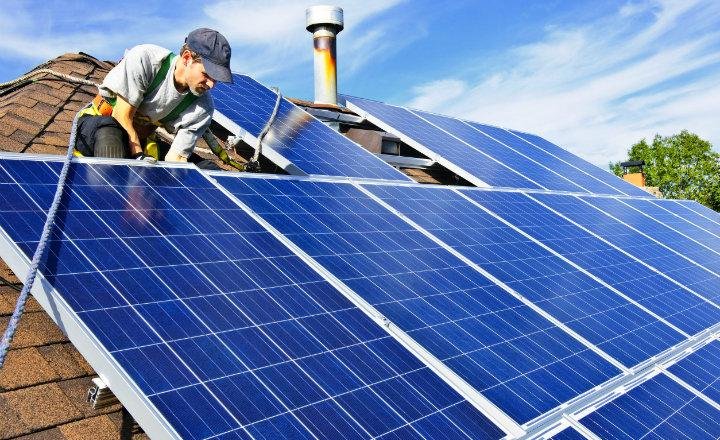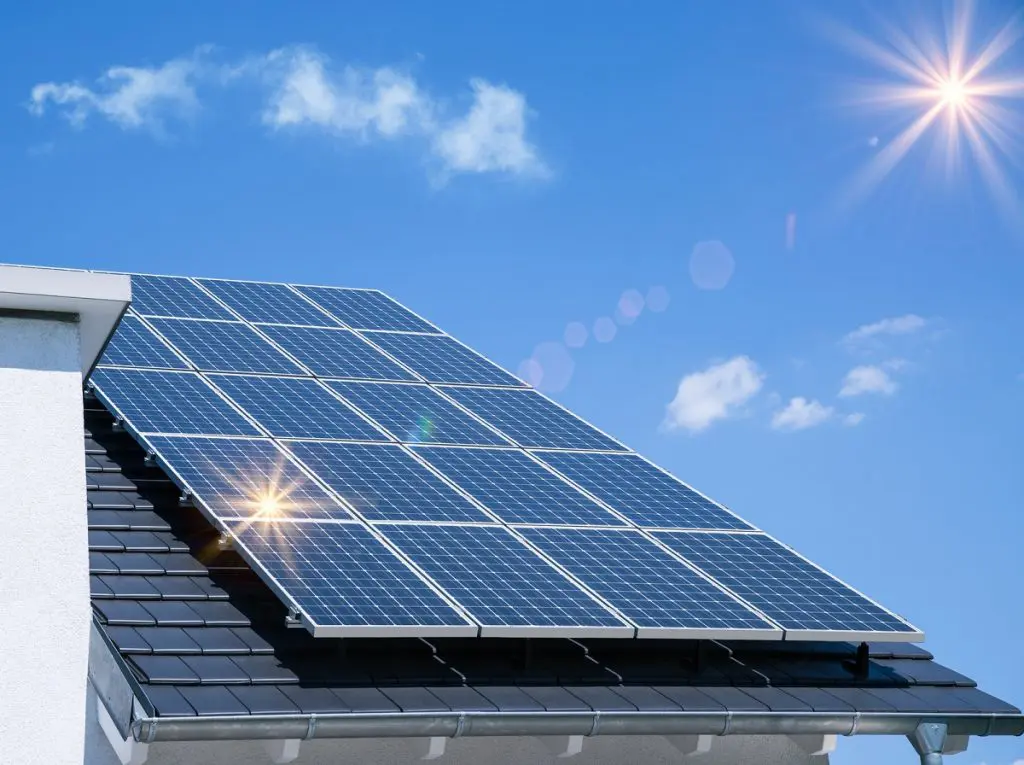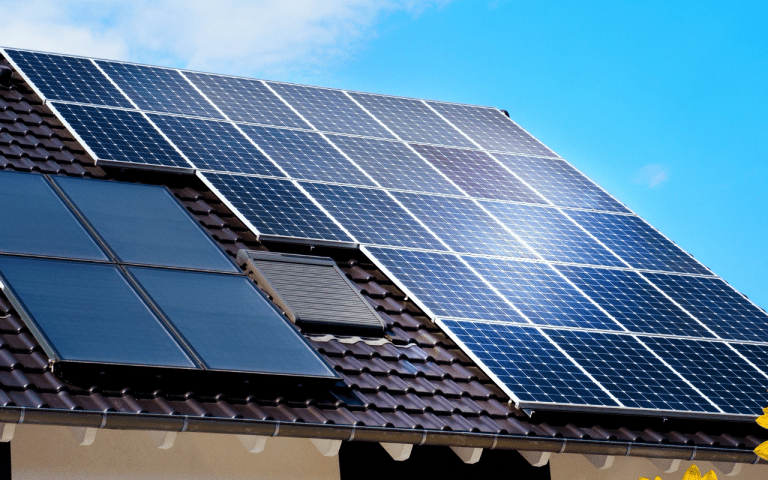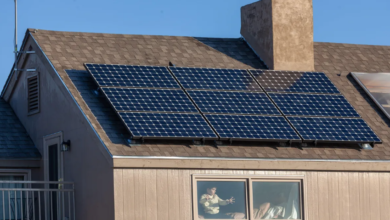
How to charge a battery with a solar panel
The option of connecting photovoltaic solar panels to a battery is a profitable and suitable option so that you can count on your equipment at full capacity, whenever you need it. The cases in which this option is most useful are for equipment that is used outdoors, such as tractors, motor boats, golf carts… Which, on many occasions, are not used for days or even months.
How to charge a battery with a solar panel
Connecting the battery to the panels is a simple task. Of course, so that the solar panels can supply your accumulator, you must first calculate how many panels you will need. To do this you must find out the amperage of your battery and the capacity of your solar panels. Next we will explain how you should do it.
First step, how many Ah does the battery have?
First, you must find out what the amp hour rating of the accumulator or battery you want to charge is. You should know that a so-called wet cell battery decreases its amperage about 1% daily when we are not using it. So, for example, we would need a solar panel that is capable of generating 0.5 amps for every hour of the day, in the case where we want to keep a 50 amp battery always charged. The drawback is that photovoltaic solar panels are classified according to their capacity in watts, so we must apply a simple mathematical formula to solve our unknown.
If you want to convert the capacity of a solar panel from watts to amps, you would divide the wattage of the panel by 15. For example, a photovoltaic solar panel with a capacity of 50 watts is capable of drawing about 3.33 amps. So, if we take into account the possible obstructions during sunrise and sunset, bad weather and possible clouds that can come out during the day, a solar panel is capable of supplying around four hours of output per day. Therefore, a solar panel with a capacity of 50 watts will produce 4 × 3.33 amp hours per day, or 13.33 amp hours. Then, the panel will be completely sufficient to ensure that our 50 amp battery can remain with its full load capacity at its maximum.
Second step, make the connections.
Una vez hemos calculado nuestras necesidades, ya podemos pasar a realizar las conexiones. En primer lugar, debes conectar el cable positivo con un fusible, desde el panel solar fotovoltaico a la batería. De este modo conseguiremos prevenirnos ante una posible explosión o incendio del acumulador, en el caso en que se produzca un cortocircuito en el cable. Posteriormente realiza la conexión del cable negativo del panel solar fotovoltaico, al borne negativo de la batería.
En el caso en que sea necesario la interconexión de paneles para la carga de tu acumulador, recomendamos que conectes tus paneles solares en un circuito en paralelo. De este modo, tendrás la opción de utilizar paneles con un menor coste y también menor potencia, logrando así el mismo efecto que con un panel solar de más energía.
For the connection of the panels in parallel, you must join the positive cable of the first panel with that of the second, and so on. Carry out the same operation with the wiring of the negative pole, and finally connect the remaining cables with the battery.
Now you must calculate the amperage of your solar panels that are connected in parallel. You should know that the solar panels that have been connected in parallel circuits continue to maintain the same electrical voltage, and the intensity of the current adds up. That is, if we have five solar panels with a capacity of 5 amps, we will get 25 amps of power, and all of them would have the same constant voltage.






